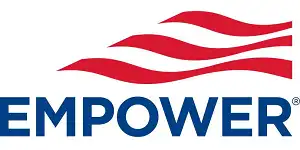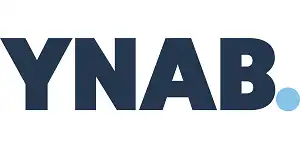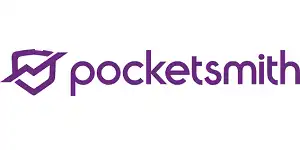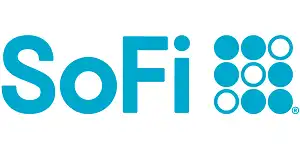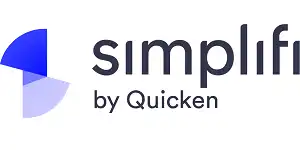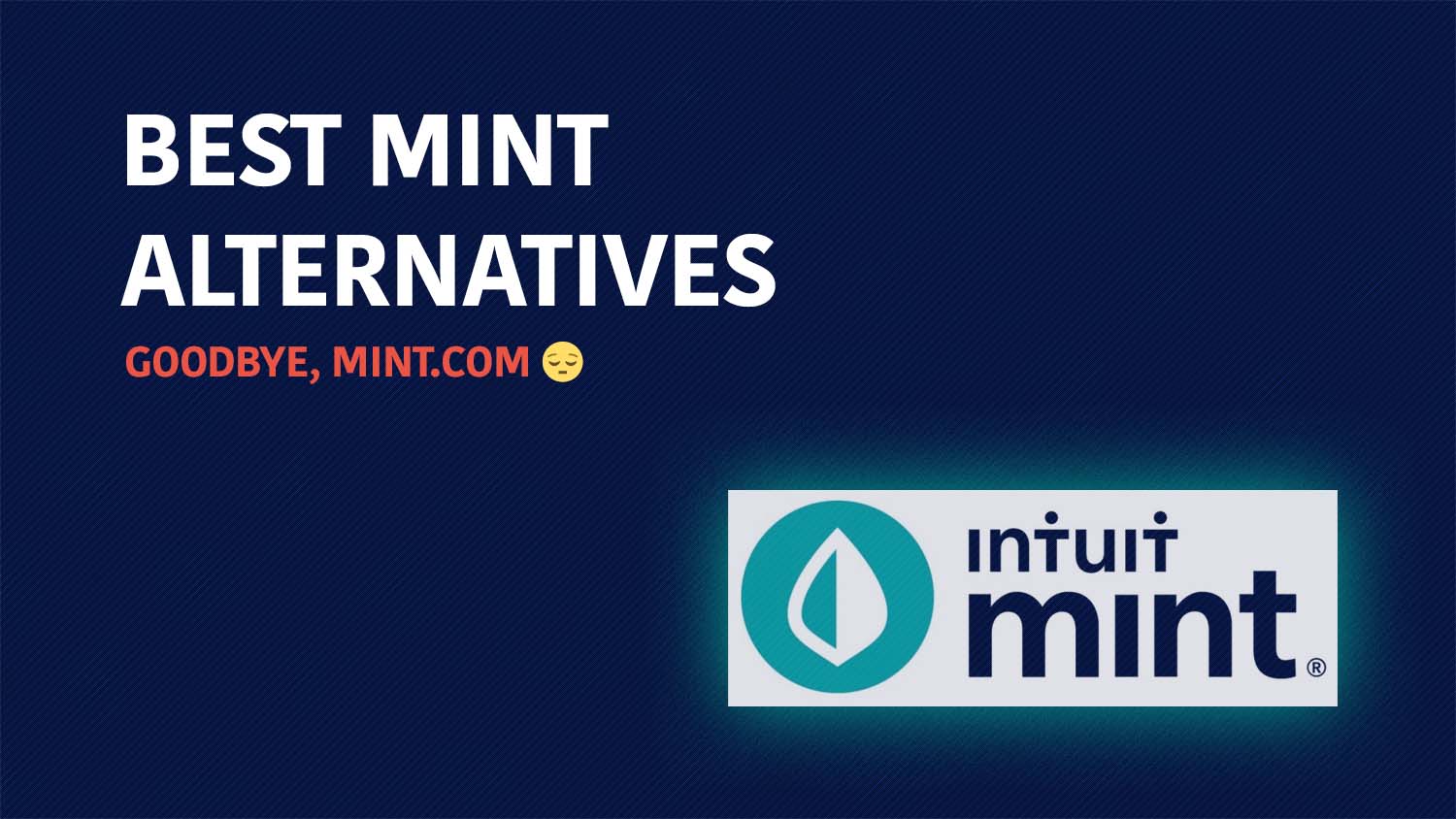 Mint’s owner, Intuit, is sun-setting the popular online budgeting app by the end of 2023 and directing all Mint users to Credit Karma, the free credit monitoring app it also owns.
Mint’s owner, Intuit, is sun-setting the popular online budgeting app by the end of 2023 and directing all Mint users to Credit Karma, the free credit monitoring app it also owns.
But Credit Karma is a free credit score monitoring app that does little to track your spending or help you budget. If you’re looking for a good Mint alternative, here are several budgeting apps that are as good as (or better than) Mint for budgeting and spend tracking.
- Empower Personal Dashboard
- You Need A Budget (YNAB)
- Pocketsmith
- Sofi’s Financial Insights Tools
- Simplifi by Quicken
Empower Personal Dashboard
The Empower Personal Dashboard is one our favorite personal finance products because it does so much for free. You can track your spending, budget, track your investment portfolio across multiple accounts and use it’s helpful retirement calculators. Empower is free, but you also have the option to work with a financial advisor for a fee.
Empower is a hybrid digital wealth management company and powerful finance app. In addition to paid investment management and advisory services, Empower offers a number of free tools and calculators to help with everything from net worth tracking to saving and retirement planning.
- Easy-to-use app provides financial 'big picture'
- Tools and calculators are completely free to use
- Great security, including two-factor authentication
- Wealth management fees can be be high
- May be subject to upsells
Empower aggregates your checking accounts and credit cards so you can categorize your spending, see cash flow projections, and budget accordingly.
Empower’s investment feature automatically figures your total asset allocation across all of your investment accounts.
Unlike most personal finance management programs that make money by advertising or recommending products, Empower’s business model is based upon selling investment advisory services to a small percentage of users.
» MORE: Sign up for Empower or check out our full Empower review
You Need a Budget (YNAB)
You Need a Budget (YNAB) has become a popular option among the DIY personal finance crowd. It’s not free – a YNAB account will set you back $99 per year – but you can try YNAB for free for 34 days.
You Need a Budget (YNAB) is more than a software program; it’s a lifestyle for budgeting.
Whether your goal is to get out of debt, break the paycheck-to-paycheck cycle, grow your savings accounts, or all of the above, YNAB’s theory is that giving every dollar “a job” can help.
- Easy to get started with free trial
- Track spending and saving goals
- Both automatic and manual account linking
- No spammy advertising or upsells
- Learning curve for best use
- Ongoing fee applies
You Need a Budget works on four simple financial rules:
- Give every dollar a job.
- Save for a rainy day.
- Roll with the punches.
- Live on last month’s income.
So unlike other tools that simply aggregate your transactions and track your spending, YNAB actively helps you get better with budgeting. YNAB offers free online classes to get you started on this budgeting journey.
» MORE: Open an account with YNAB or read our full YNAB review
PocketSmith
PocketSmith uses a calendar approach to budgeting. You can look at your month ahead and plan out exactly where you’ll spend money, moving items around to account for big expenses like your rent or mortgage payment.
PocketSmith is an app that acts somewhat like a financial personal assistant. It helps you manage and organize your expenses in a way that allows you to understand your complete financial picture.
You can understand where you spend and then create a financial plan to better organize your spending.
- Excellent budgeting features
- Comprehensive financial dashboard
- Links with multiple accounts
- Pricing can be expensive
Pocketsmith links to your bank accounts, tracking all transactions and categorizing them. You can create rules that will direct incoming transactions into the appropriate categories, even renaming them in a way that will make them easier to manage. If you’re looking for a specific transaction, you can easily find it using the search feature.
In addition to taking control of your debts, you can also use PocketSmith to track and manage your income – whether it’s your salary, investment returns, or a cash gift from your favorite relative. One of the most interesting features is the net worth report, which operates as a net worth tracker. It takes a look at all your connected accounts and assets to provide you a big picture number of your finances that you can strive to improve.
Pocketsmith costs between $9.99 per month and $26.66, depending on how much functionality you need.
» MORE: Sign up for PocketSmith or read our full PocketSmith review
SoFi’s Financial Insights Tools
SoFi is a free financial app providing credit score monitoring, account aggregation and budgeting, and tools to help you manage the repayment of your student loans and other debts.
SoFi is loaded with free features that track your credit score and help you budget. See all your accounts in one place, get weekly credit score updates, and manage student loan and other debt repayment.
- Free credit monitoring and budgeting in one
- One-of-a-kind student loan management tools
- No affect on your score score
- Uses VantageScore, not FICO
SoFi gives you a complete picture of your finances and credit score. It’s accessible via web browser or the SoFi mobile app.
Activating credit score monitoring with SoFi and exploring SoFi’s financial insights tools is completely free. You do not need to be an existing SoFi member to enroll. After you sign up, you’ll have immediate access to your VantageScore 3.0 credit score, provided by the credit bureau TransUnion. Your score will automatically update each week so you can see how it changes over time and learn to manage your finances in a way that will gradually improve your credit.
» MORE: Learn more or create a free credit score monitoring account with SoFi now or read our review of SoFi’s Financial Insights Tools
Simplifi by Quicken
Simplifi by Quickenis a paid online budgeting app that’s also owned by Intuit, Mint’s parent company. It’s not hard to imagine this is the Mint alternative they want you to use, but there’s good reason to check it out. Simplifi was voted the “best budgeting app” by the Wirecutter and costs as little as $2.99 per month.
Simplifi by Quicken delivers a fresh personal finance app from an undeniably trustworthy brand to keep up with all of your money in one easy-to-use interface.
You won’t have to spend time bopping from account to account just to see where your finances stand. Instead, you can log into Simplifi to see the big picture at a moment’s notice.
- Provides extensive financial reports
- User friendly experience
- No ads
- No free version
- No credit score insights
Simplifi by Quicken delivers a fresh personal finance app from an undeniably trustworthy brand to keep up with all of your money in one easy-to-use interface.
You won’t have to spend time bopping from account to account just to see where your finances stand. Instead, you can log into Simplifi to see the big picture at a moment’s notice. Simplifi provides a user-friendly budgeting experience, no ads, and extensive financial reports.
You can set goals and see your progress as you work towards them. It also allows you to pull reports so you can see exactly how you’ve spent your money. This can be a real eye-opener. In addition to your bank accounts, it can also connect to your loans, savings, and investment accounts so you can see your whole financial picture at a glance.
There’s a 30-day free trial, and you can pay as little as $2.99 per month when you pay annually or $5.99 per month paid monthly.
» MORE: Try Simplifi or read our full Simplifi review
Summary
The best Mint alternative is the budgeting app that you’ll use consistently, whether it’s Mint, another app, or even a simple budget spreadsheet.
Free tools like Empower and Credit Insights by SoFi do a find job pulling all of your spending in from your checking accounts and credit cards. They are alright at helping you forecast and budget into the future. You’ll also have to tolerate ads and sales pitches using these accounts. Empower wants to sell you paid access to a financial advisor; SoFi is interested in signing you up for additional SoFi products from checking accounts to loans.
The best paid budgeting apps eliminate ads, but they also excel at helping you budget and forecast your cash flow into the future. Mint.com was great because it did that for free (albeit with lots of advertising). If you found that budgeting help useful, it’s likely worth a few dollars a month to keep it going.
